
Grand Egyptian Museum: Take a Tour of the New Home for Egyptian Artifacts
The Grand Egyptian Museum has officially opened its doors, revealing treasures from the ancient Egyptians and their storied past.
As I make my way to the Giza Plateau and to the immense, otherworldly complex that constitutes the long-awaited Grand Egyptian Museum (GEM), I have the thrilling sense that I am journeying back in time.
The new museum is so grand in its construction, with its precisely cut stones derived from local quarries, and resilient in surpassing its countless hurdles that beholding it is akin to viewing the 4,600-year-old Great Pyramid of Giza, just over a mile away.
In the spacious entrance hall, a colossal 3,200-year-old statue of Pharaoh Ramses II hovers over visitors. Throughout the day, sunrays beam across the statue, which stands in a pool of water, illuminating Ramses’s face and body in a celestial glow. The statue, which weighs 83 tons and is over 30 feet (9.1 meters) tall, was brought to the museum in 2018 from a temporary site in Giza in a specially built cage, accompanied by a marching band with a military guard, marking the statue’s fourth voyage in 3,200 years.
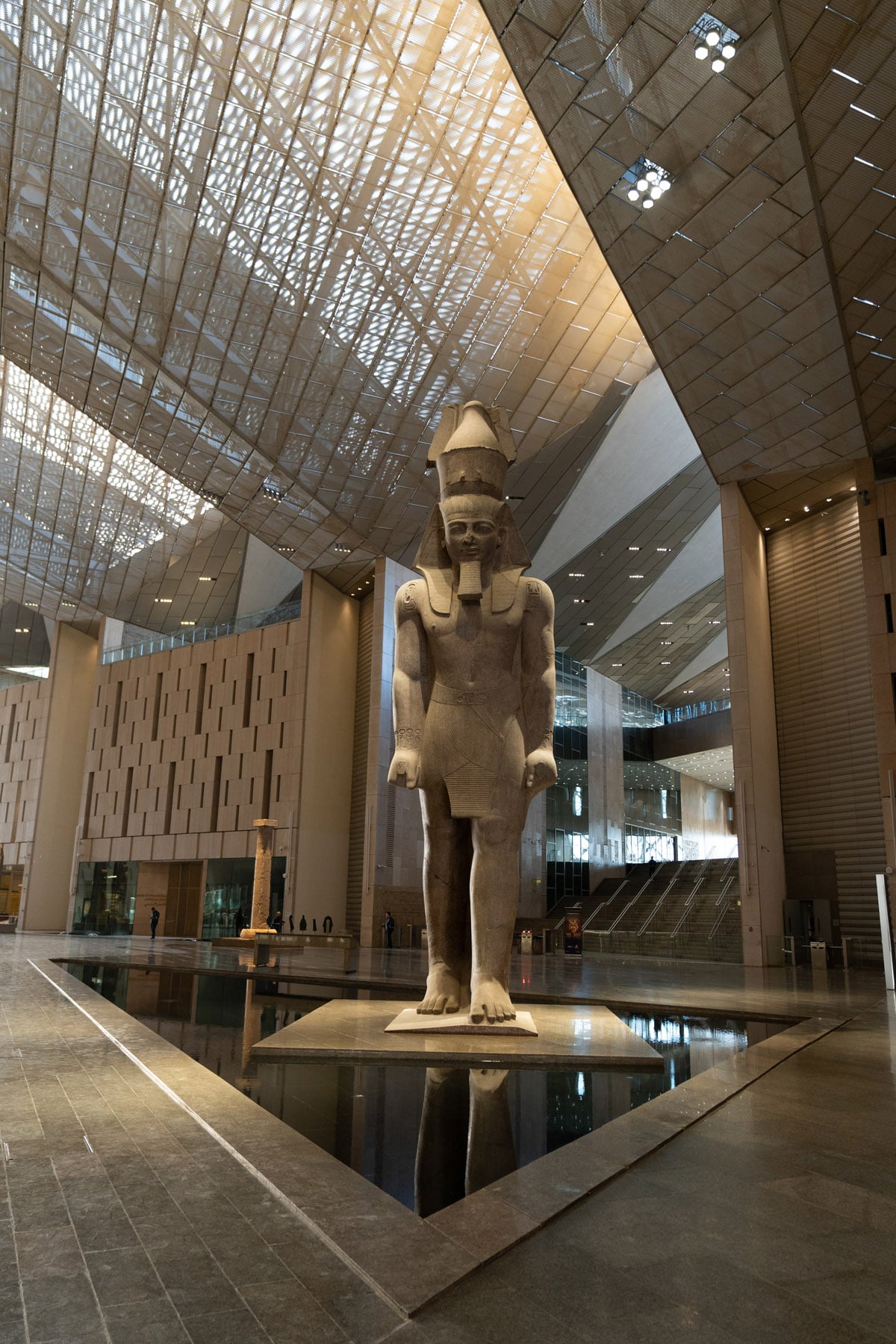
A statue of the celebrated Pharaoh Ramses II stands in the entrance hall. The museum embodies a deep sense of history and invites visitors to explore Egypt’s past, present and future.
“You are in the largest [archaeological] museum in the world dedicated to the ancient Egyptian civilization,” Ahmed Ghoneim, CEO of GEM tells me during my visit. “We wanted to put Egypt at the top of everything in this museum—not only by having the antiquities but by displaying them in the right way in the largest museum in the world dedicated to one civilization.”
The experience of viewing the colossal statue of Ramses II is the first of many visitors will have inside the museum, which spans an impressive 900,000 square meters across a 50-hectare site.
Since mid-October 2024, 11 of the 12 main galleries were open to the public, showcasing more than 100,000 ancient Egyptian artifacts. On November 1, the museum, designed by Irish firm Heneghan Peng Architects, revealed its final chapter: almost 5,400 treasures from the tomb of King Tutankhamun. GEM’s official opening means it is the first time ever that these objects are displayed to the public, including the full King Tutankhamun collection.
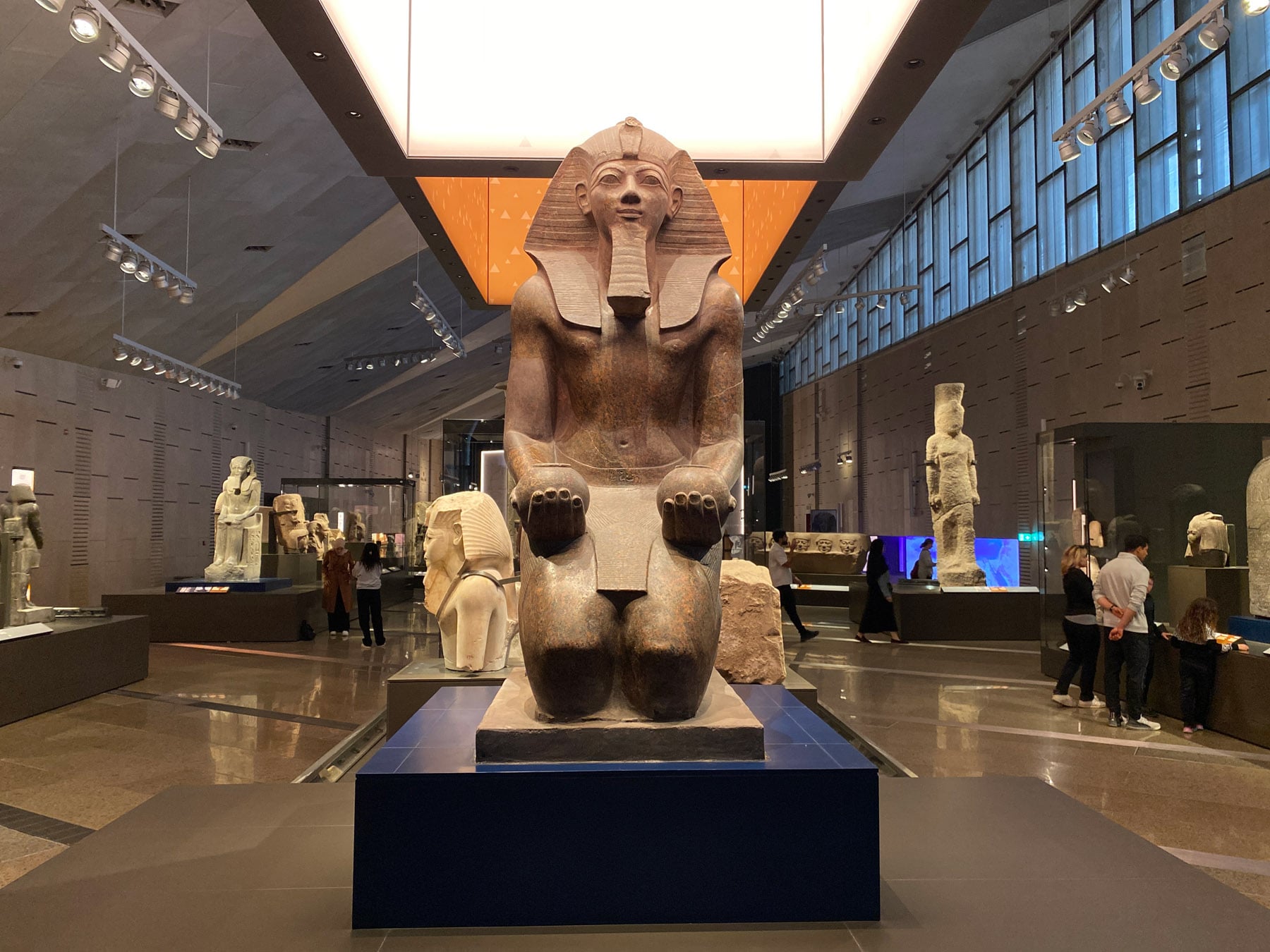
Hatshepsut, Egypt’s second woman known to rule in her own right, is among figures to which the museum devotes exhibition space.
GEM delivers sense of the past
Fascination with “the boy king”—who reigned from about 1332 BCE, when he was 9, until his death at 18—began in 1922, when British archeologist and Egyptologist Howard Carter discovered the pharaoh’s largely intact tomb with thousands of treasures inside his final resting place, in the Valley of the Kings just across the Nile from Luxor, Egypt. Among the treasures arriving at GEM is the pharaoh’s gold death mask, which has traveled the world in temporary exhibitions, and the pharaoh’s ceremonial chair, decorated with ivory, faience (a type of glazed ceramic), ebony and gold.
I was immediately transfixed by both the scale of the building and the glistening sheen of the museum’s structure juxtaposed with the wondrous beauty of the ancient sculptures inside. One feels transported momentarily outside earthly reality into another realm—created by humankind thousands of years ago and persisting through these artifacts.
The museum is a collective cultural statement. It is an ode to ancient Egypt as much as it is to ancient world history as a whole and to the ties that have for thousands of years connected humanity. Inside are artifacts that span pre-historic times to the Roman period in Egypt, including jewelry, everyday objects and colossal statues—the majority of which the Egyptians created for the afterlife.
“Art for the ancient Egyptians served as a bridge connecting the living and the dead,” says Yousra Hassan, a curator at GEM, who gives me a tour. “They were more focused on the afterlife than life.”
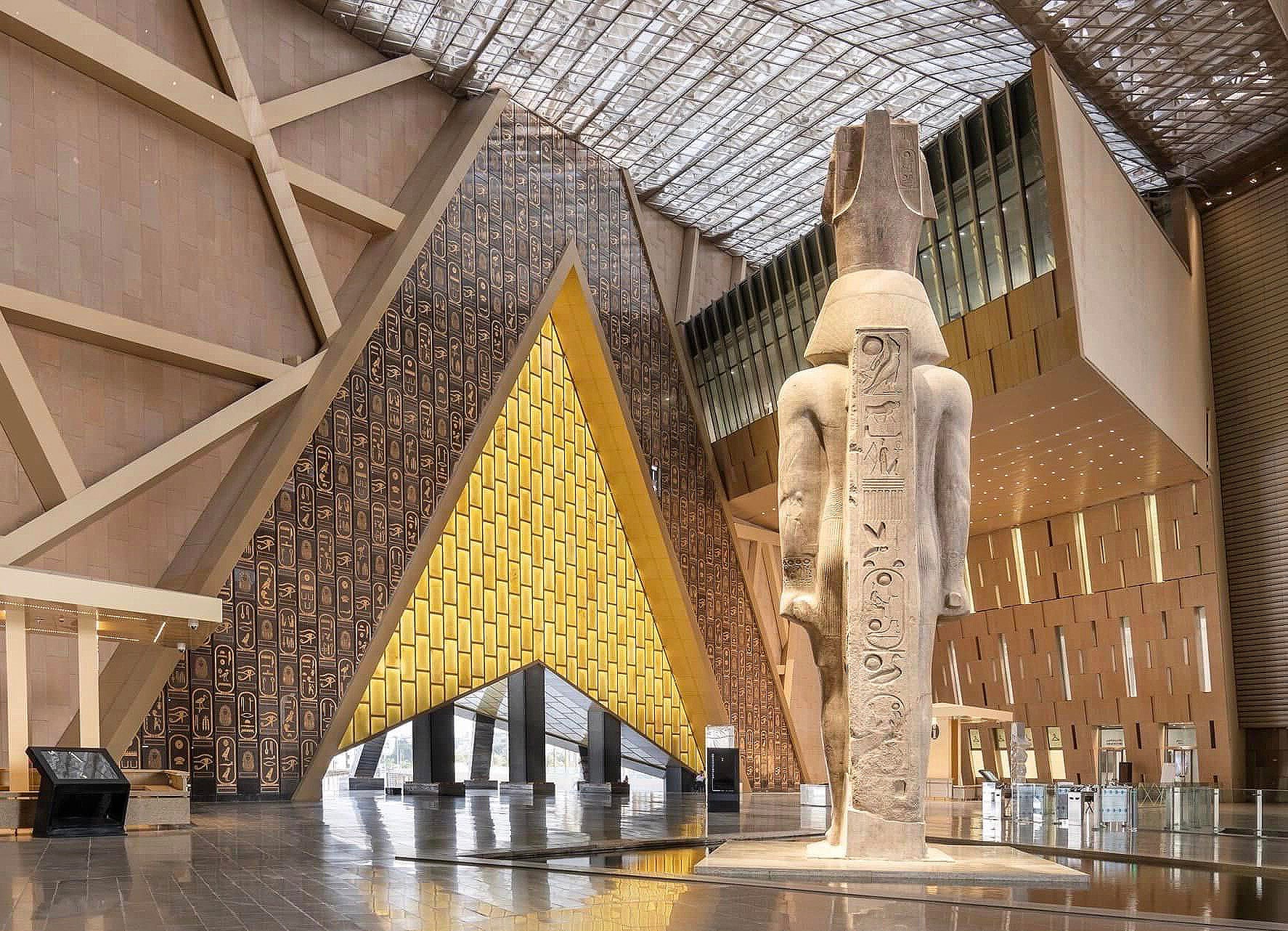
The museum embraces the diversity of Egyptian history and culture to connect visitors to creativity, knowledge, ideas and one another.
To reach the galleries, visitors must ascend the Grand Staircase, a structure lined with hundreds of statues of Egyptian kings and coffins, as if they were in a procession. The enlightening initial immersion into the wealth of artifacts celebrates various periods from ancient Egyptian history.
At the top of the stairs, I am further amazed by an unexpected and unobstructed view of the Giza Pyramids from the floor-to-ceiling windows—clearly a deliberate attempt to forge a connection between the ancient past and the new museum.
“The galleries are designed so that if you go horizontally, you go by theme and if you view them vertically, you view them chronologically,” explains Ghoneim. “We are trying to create an experience that goes beyond just reading labels.”
The galleries are divided into four rows, each spanning a different historical era. While the artifacts on show come from various sources, a prime one is the Egyptian Museum, founded in 1858 in Cairo, as well as other archeological sites across Egypt. While GEM will undoubtedly lead the way as the premier museum in Egypt, Cairo’s diverse range of museums remains open. These include the Egyptian Museum, the Museum of Islamic Art and the National Museum of Egyptian Civilization.
A key takeaway is an emphasis on ancient Egypt as a multicultural society with rich social and commercial interactions with neighboring cultures, including the Nubians, Libyans, Nabateans and the Phoenicians, among many others.
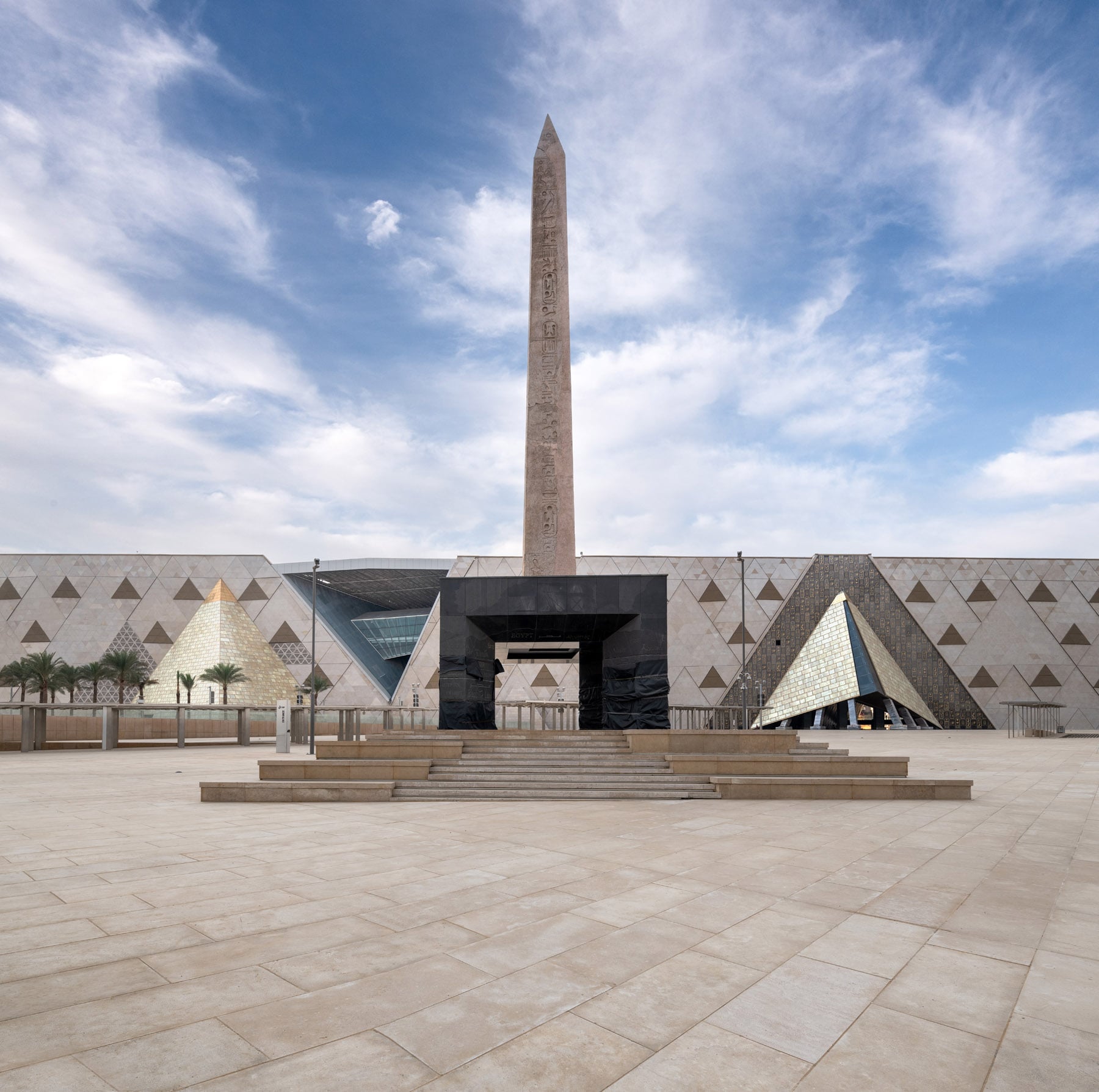
The building’s scale and sheen are designed to impart a sense of wonder from the outside while integrating entertainment, culture, learning and lifestyle inside.
New cultural dialogue and Egyptian identity
Ancient Egypt was rich with cultural exchange, and now new cross-cultural dialogues are being fostered through the museum.
“GEM introduces a new kind of institution for the study of Egyptology and the understanding of ancient Egyptians—for specialists, tourists, and, most importantly, locals,” says Nadine Nour el Din, an Egyptian art historian and curator.
El Din emphasizes how GEM’s dedicated research center for Egyptology, activated through international partnerships, holds much promise.
“I’m especially excited to see more young Egyptians visiting museums and learning more about Egypt’s ancient past,” she adds.
For many Egyptians, GEM signals a source of newfound dignity.
“For the Egyptians, this is not only a museum, but it is a new grand monument to the culture of this extraordinary civilization,” explains Salima Ikram, a university professor of Egyptology at the American University in Cairo. “A museum such as the Grand Egyptian Museum is going to make a statement not only in Egypt but also in the world. It is a matter of national pride to have such a museum, and of course the artifacts inside are beautiful, compelling and informative.”
Ghoneim stresses that the museum will “act as a cultural hub and showcase Egyptian heritage in a way that is visible to the whole world.”
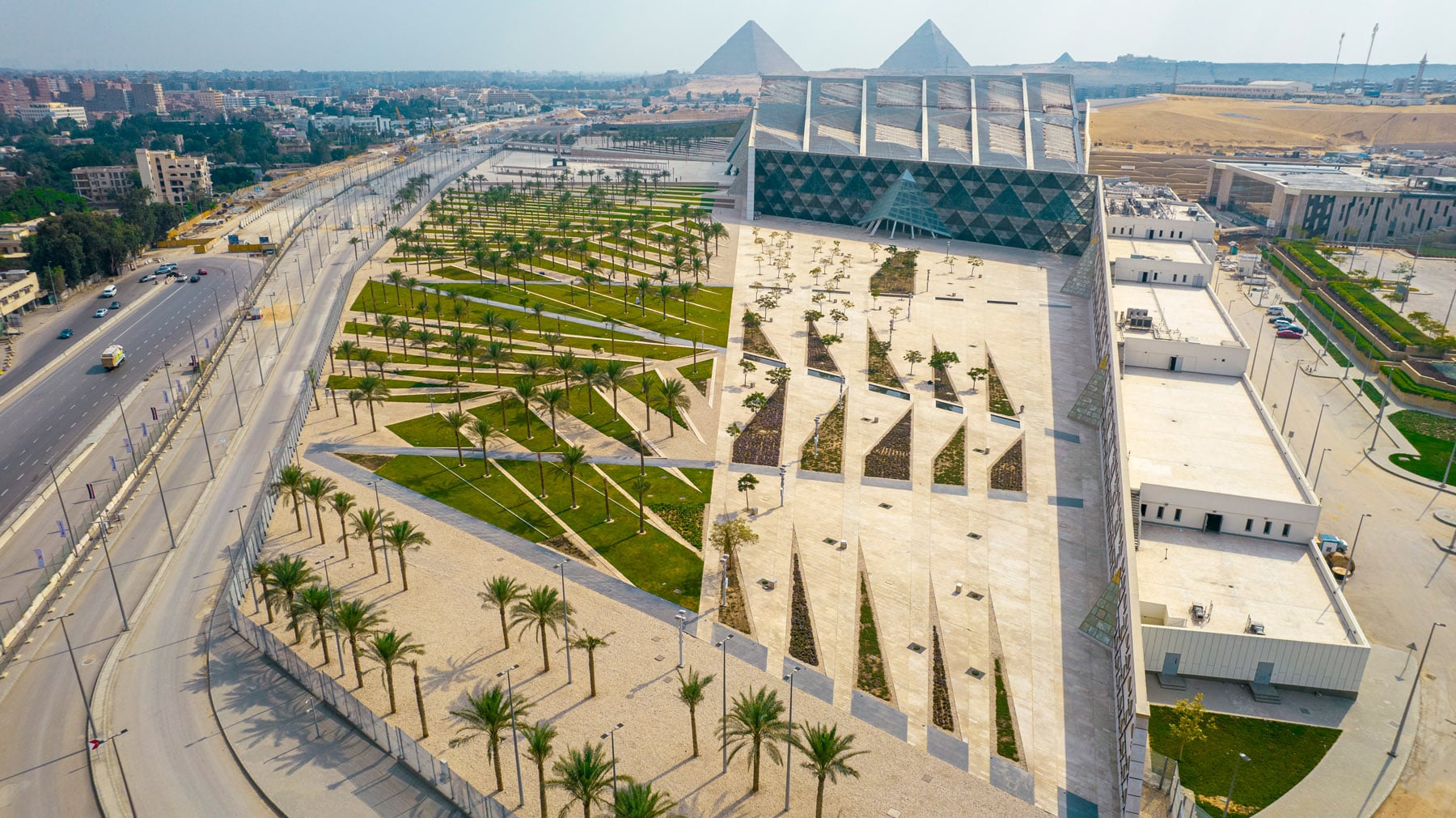
With its breathtaking view of the iconic Pyramids of Giza, the Grand Egyptian Museum connects past and present.
He says GEM will also constitute a place where Egyptologists and archeologists can come to study. Instead of going abroad to other museums, they now have the GEM as a place where they can conduct research.
The museum’s timeless collections offer all who visit a treasure chest of ancient and world history. It already is, as Ghoneim says, a cultural hub.
A stroll through the Grand Egyptian Museum endows the visitor not just with knowledge and beauty but a sense of humility. Walking amid such artifacts dating back thousands of years relays an understanding of one’s small yet significant role in the scope of human civilization. The experience is nothing short of sublime. It allows us to meet our ancestors again through mesmerizing artifacts that continue to stand the test of time.
You may also be interested in...
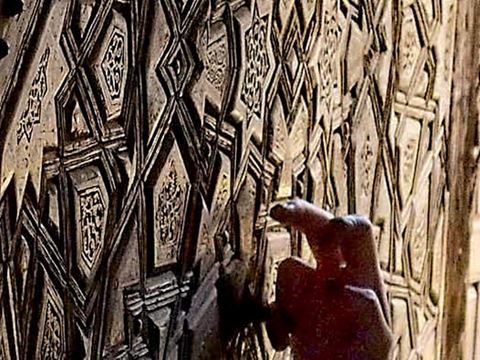
Egypt's Mamluk Architecture in Mosque Islamic Minbar Design
Arts
History
Walk into any mosque and at its front you are likely to see a stepped pulpit: the minbar. In Egypt, under the patronage of the Mamluk sultans of the 13th to 15th century, minbars became masterpieces of woodworking—most without nails or glue. Today nearly four dozen Mamluk minbars stand as a priceless but vulnerable heritage: A recent rash of thefts led to the Rescuing the Mamluk Minbars of Cairo Project, which offers protection, promotion and new opportunities for young artisans.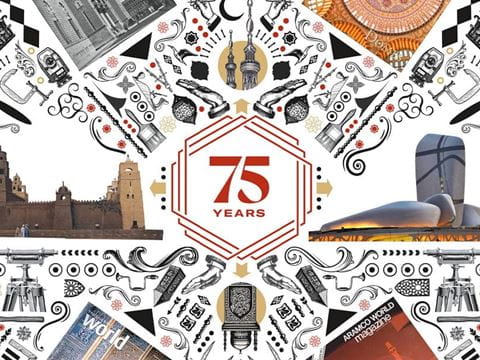
AramcoWorld Explores Connections Through Architecture
Arts
Since its beginnings 75 years ago, AramcoWorld’s editors have viewed architecture as an essential lens on history and a crucible for cultural connections. Early stories, in particular, added human context to a discipline that often focused on the form of buildings with little regard for the people who used them. In Part 4 of our series marking our 75th anniversary in 2024, we look at the ways these stories encapsulate architecture in the evolution of world history.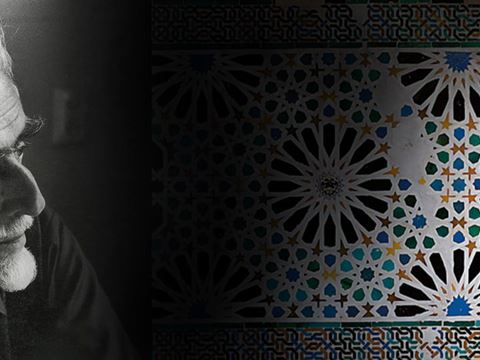
Artwork by M. C. Escher Blending Math and Illusion
Arts
Visits to Spain in 1922 and 1936 led Dutch artist M.C. Escher to discover the world of designs in Granada’s 13th-century Alhambra palace, where interlocking patterns in tiles and stucco on its walls and ceilings became springboards to ideas that shaped his art for the rest of his life.